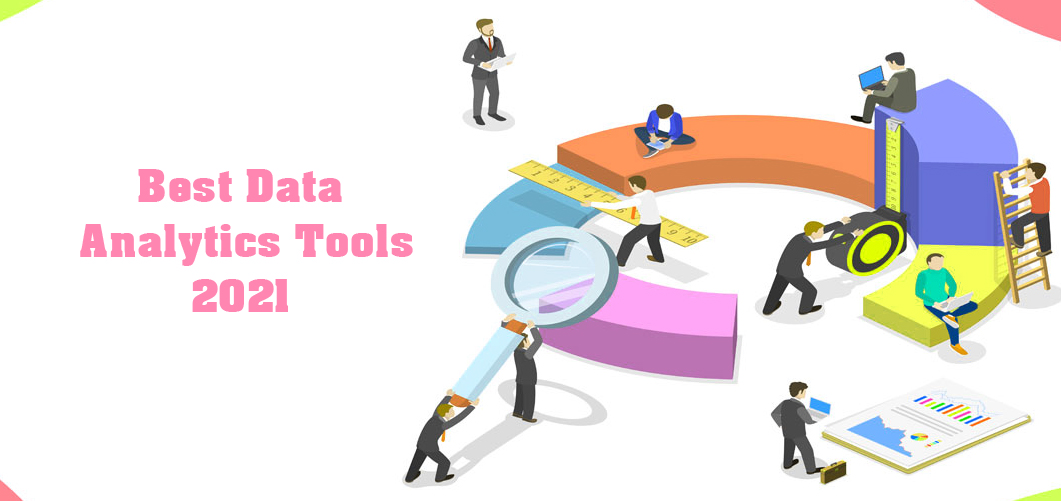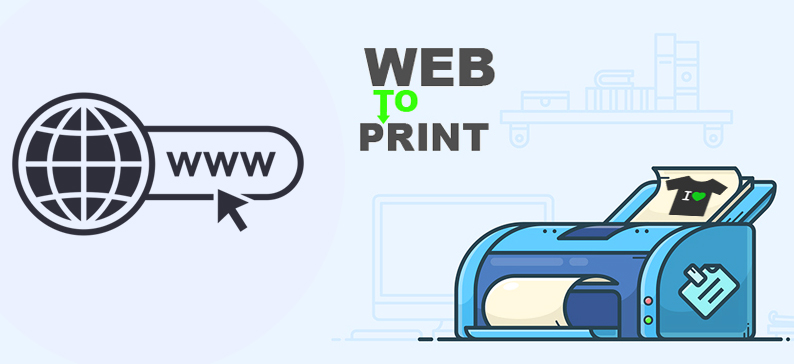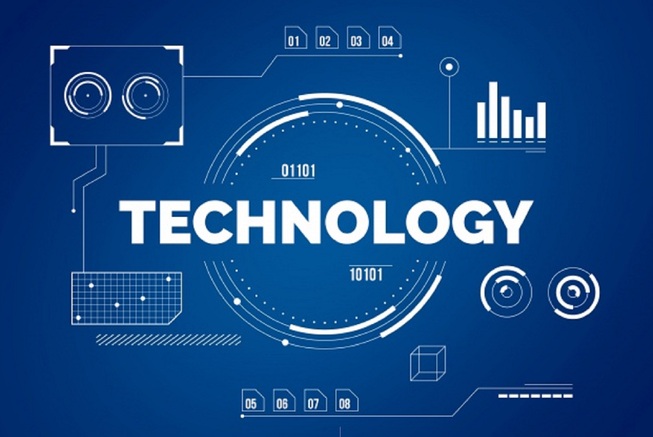Big data analytics may assist companies in a variety of fields, including retail, publishing, banking, and communications, in keeping track of their market success. It may also aid in the improvement of transportation infrastructure in different cities. Many communities are implementing analytics to improve the efficiency of their transit networks. It will also help to ensure that the educational framework produces the best possible outcomes. Analytical techniques are used in nearly any area imaginable.
The word “data analytics resources” refers to the technologies and frameworks that Data Analysts use to build and implement analytic systems that enable companies to make better, more rational strategic choices while lowering costs and increasing earnings.

Why Data Analytics Tools Needed?
Consider how data analytics tools can be used to build models. Others provide a syntactical layer, whereas others may do their data modelling. There are plenty of comprehensive data analytics solutions on the market that you must not ignore. In case that you would prefer not to utilise which does, you’ll need to show the information prior to dissecting it utilising SQL or information investigation programming like the information assemble tools. Last but not least, remember the cost and licence requirements.
Many Data analytics tools include a licence or membership price, whereas others are completely free. How do you choose from a number of different analytics software which is a good choice for your business? Begin by determining the company’s operations needs and determining who will be utilising data analytics software. Would experience Data Scientists and Project Managers use it, or would it be used among non-technical consumers who require an interactive design? Any data analytics platforms offer an interactive environment in code development, typically using SQL, whereas others focus on a click-and-point analysis that is better suited for newcomers.
The modern generation of data science is a fast-paced environment. Each day, fresh problems and incredible inventions present themselves. To succeed in this setting, businesses must provide their employees with the most scalable and efficient data processing and data educational technology possible, allowing them to evolve quickly while maintaining protection and democracy. So now we’ve discussed what big data tools are and how to select the right business intelligence platform to build, let’s move on to the next step.
Some of the most common data analytics algorithms tools
Alteryx
Alteryx has a suite of tech products that can be used for data science and deep learning. The self-service interface features greater than 260 drag-and-drop building blocks, including Alteryx Programming that streamlines data processing, data mixing, monitoring, business intelligence, and business analytics. Users can instantly see cause and effect and dependencies, and also easily pick and contrast algorithm results, thanks to Alteryx. The app may be run in the cloud, around your own shield, or in a managed system without requiring any coding.
Anaconda
Anaconda technologies are cutting-edge technology with real-world data processing and data learning implementations. Anaconda is so adaptable that you would be able to fix challenges you didn’t even realise you had.
Hive and Pig
Pig and Hive are Hadoop digital marketing software that makes composing MapReduce questions less difficult. Both of these technologies are similar to SQL. Pig and/or Hive are being used by the majority of businesses that deal with Big Data that utilise the Hadoop framework. The Hadoop environment is made up of two main components: Pig and Hive. What problems does pig or hive Hadoop solve? Pig Hadoop and Hive Hadoop both have the same goal: they’re resources that make writing complicated Java MapReduce programmes easier. Hive is a data warehousing and ETL application placed on top of the Hadoop Hdfs (HDFS). Hive creates it easy to carry out tasks such as these.
- Encapsulation of knowledge
- Querying on the spot
- Massive databases are analysed
Tableau
Tableau is a very user-friendly data analytics tool capable of shredding the data as well as generating stunning visualisations and dashboards. Tableau can produce stronger visualisations as compared to Excel and it could certainly suitable for multi-clustered data architecture.
Excel
Excel is, without a doubt, a universal adopted data processing platform. You can use it for all your dirty work, of whether you’re a master in R or Tableau. On most platforms, non-analytic experts would not have access to software like SAS or R. Excel is, therefore, available to all.
RapidMiner
RapidMiner is a data and analytics platform that takes care of all a customer needs in terms of infrastructure, from interoperability to statistical analysis and integration while running data analytics and building mathematical models. Users do almost all of this with R and Python, as well as a variety of third-party modules accessible on the data analytics firms platform, may be used to extend RapidMiner.



